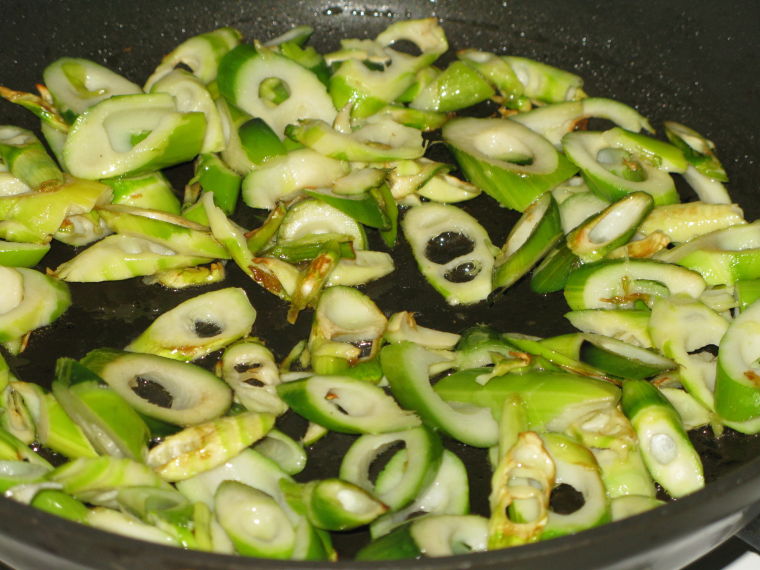Gardening: Growing Trends for 2014
by Lynn Kirk, Public Relations Writer, Lewis Ginter Botanical Garden, reprinted with permission from the Richmond Times-Dispatch
Welcome to another year, another opportunity for gardening! Whatever your gardening interests and goals, perhaps you’ll discover inspiration from these 2014 trends, shared by Eva Monheim, a published writer and horticulture professor at Temple University in Philadelphia.
Fruits and nuts
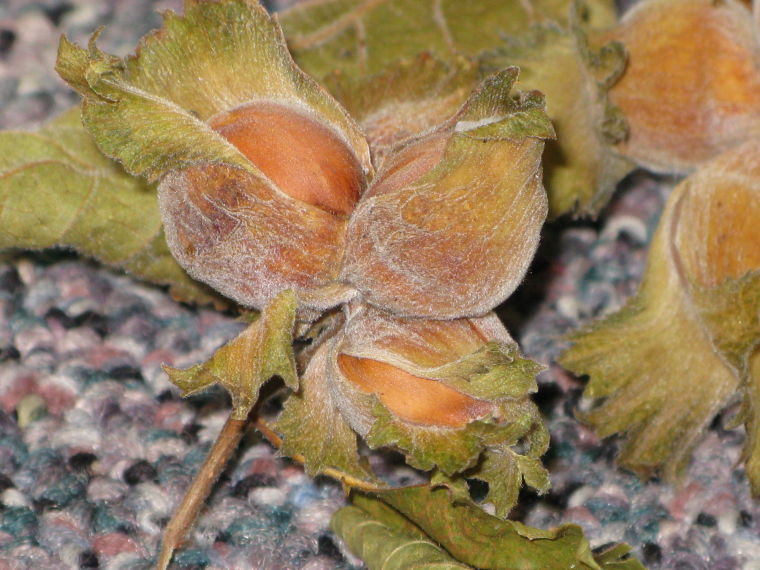
The American filbert tree provides tasty hazelnuts that are prized by people and wildlife. photo by Eva Monheim.
A tasty trend topping the list is homegrown fruits and nuts. Backyard gardeners are trying their luck with traditional and hybrid varieties of strawberries, blueberries and grapes. While some experiment with exotics, such as China’s hardy kiwi, others focus on yesteryear’s elderberries, mulberries, pawpaws and persimmons. Garden centers and nurseries also face increased demand for trees that produce hazelnuts, walnuts and pecans.
Active education
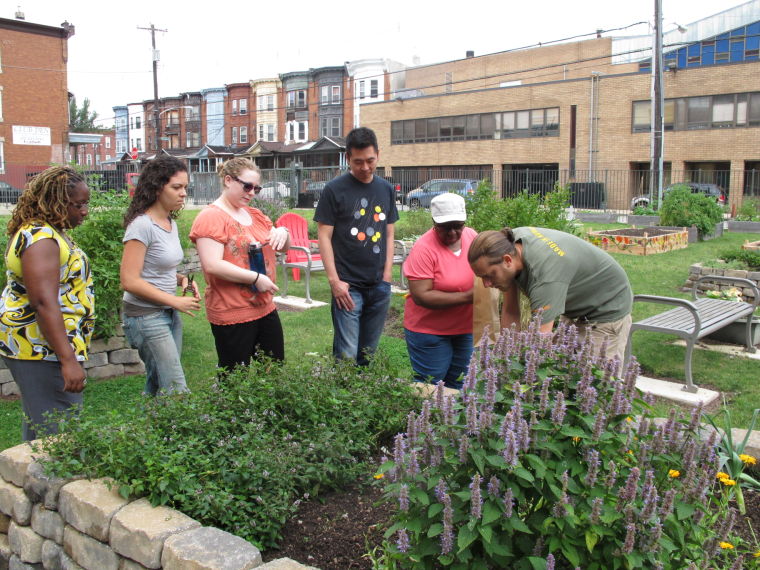
A medicinal herb garden at Temple University in Philadelphia engages the community as it teaches medical students about healing plants. Photo by Eva Monheim.
With new advocates comes their desire to learn. There’s a growing tendency for working alongside garden mentors and gleaning tips from horticulture classes, online blogs and mobile apps. Today’s gardeners are passionate about knowing and doing what’s best for the crops and environment.
Livestock labor
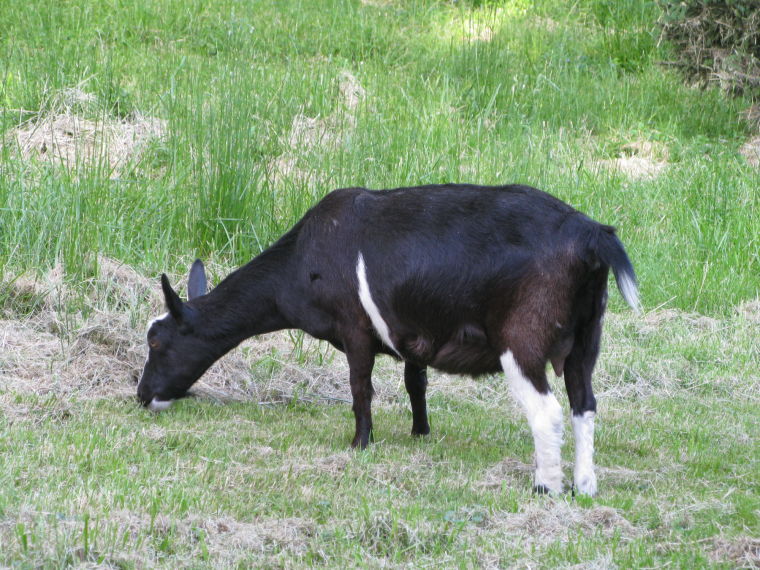
Goats and sheep are welcomed by some cities and suburbs to help control invasive plants. Photo by Eva Monheim.
Forget chemicals and extra manpower. When local codes allow, try sheep and goats for removal of invasive plants. Savvy neighborhood co-ops also pool their resources for chickens that lay fresh eggs and eat pests, such as ticks, mosquitoes, and larvae of mosquitoes and other insects.
New advocates
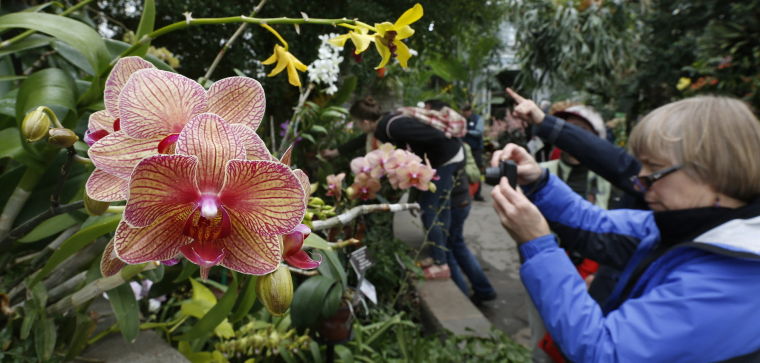
Janet Rasmussen of Madison, WI photographs orchids, including ‘Golden Treasure’ moth orchid in the Conservatory at Lewis Ginter Botanical Garden in March 2013. Lewis Ginter has been recognized as one of the “Top 10 American Gardens Worth Traveling For.” Photo by P. Kevin Morely.
Visitation continues to grow at botanical gardens and arboretums. “More people are being hooked into gardening — not directly by the plants, but by another part of the venue that attracts them in an indirect way,” Monheim said. When people attend a botanical garden’s outdoor concert or third-party event with family and friends, they may sense something bigger and become more mindful of the world around them. “They shift from ‘me, me, me’ to ‘how can I change things for a better environment in a larger context?’ ”
Repurposed land
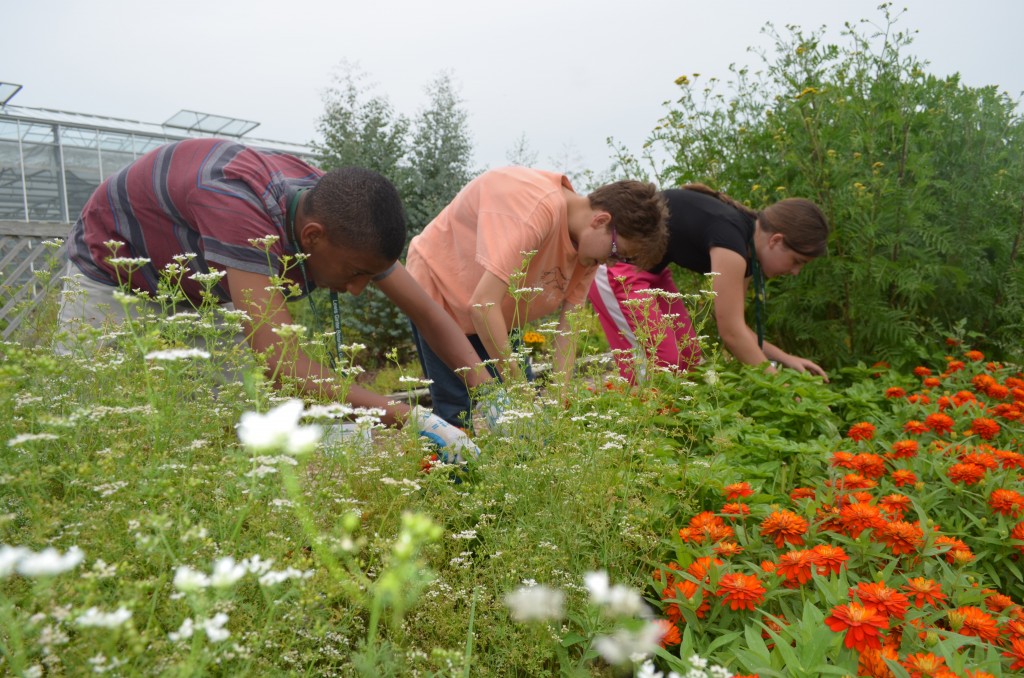
Youth volunteer workers harvesting basil from an area behind the Conservatory at Lewis Ginter Botanical Garden that used to be planted with grass. Photo by Jonah Holland.
In Richmond and beyond, urbanites are transforming vacant lots into sustainable community gardens. Local volunteers and neighborhood residents work together to reap fresh vegetables and herbs, as well as hands-on training and newfound relationships. “There’s cross-generational education with the young teaching the old and the middle-aged teaching the young,” Monheim said. “It’s really fascinating — there’s no age limit when you go into a garden.”
Food foraging
“It’s very chic to not have to pay for food,” Monheim said, so more individuals and special-interest groups are scouring the wild for edibles. From mushrooms and blackberries to bamboo and goutweed, they harvest nature’s bounty for their next meal. “Foragers want to see how much they can save, but they need to be careful and know what they’re doing,” Monheim cautioned.
Health and Income
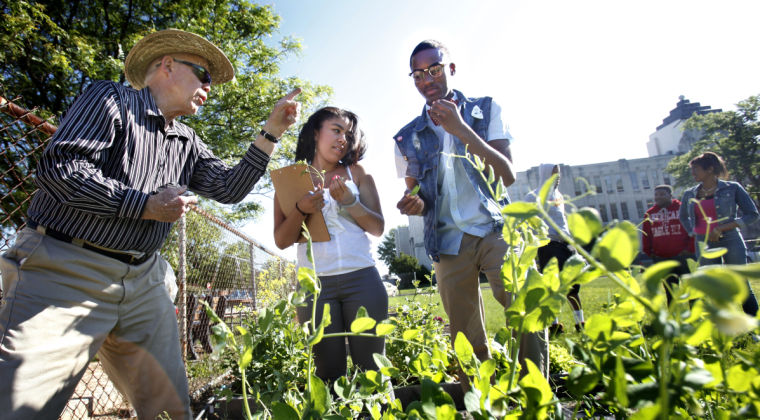
Leonard Morrow, left, shows Thomas Jefferson high school students Yasmin Nolan, 16, center, and Deonte’ Terry, 17, some of the plants in the garden across for the school, in Richmond, Va. (AP Photo/Richmond Times-Dispatch, Alexa Welch Edlund)
“It’s a healthy-eating scene now,” Monheim said, and urban gardens offer informal tastings of nutritious produce for neighbors who don’t necessarily have healthful eating as a focus. “They taste new things and like them, then they tell others.” Some urban gardeners take the trend one step further by creating garden co-ops for revenue production. “It’s an entrepreneur opportunity at a basic level,” Monheim said.
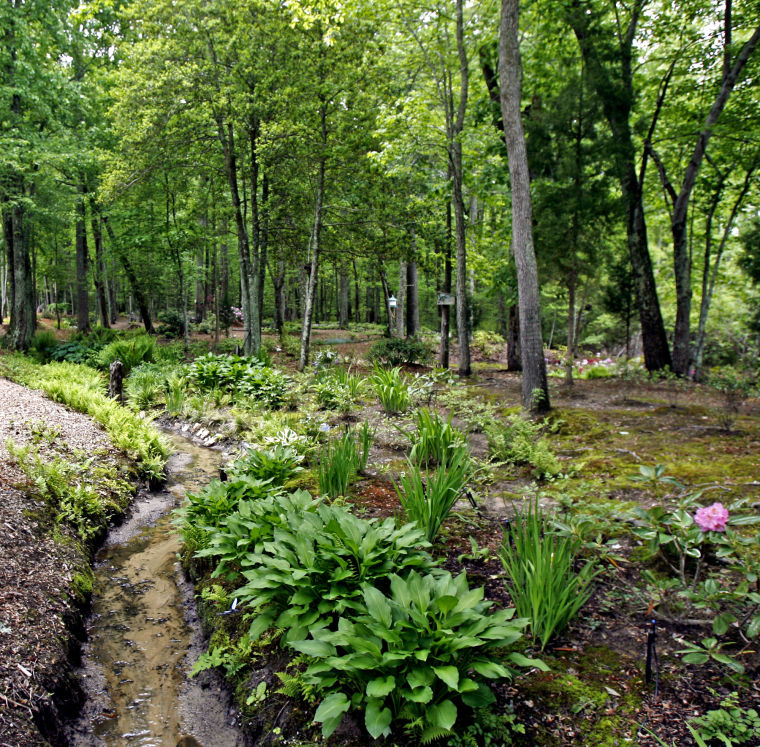
Pat Carrier’s woodland garden in Goochland County. Photographed Tues. May 9, 2006. Photo by Mark Gormus.
Gardening: Growing trends
Inactive woodland gardens welcome visitors to pause and rest, while active woodlands encourage exploration. They also perform double duty when providing flood control, havens for wildlife and reductions in high-maintenance lawns. “The goal with woodland gardens is a good mix of plants and a very healthy growth from ceiling to floor.” Monheim recommends blending evergreens with mosses and woodland bulbs for seasonal interest.
Editor’s Note: This article first published in the Richmond Times-Dispatch, in January 2014.
